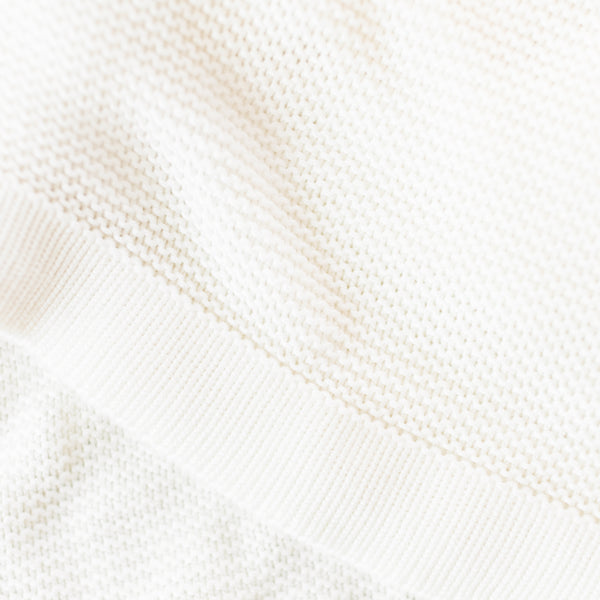Bamboo Viscose vs. Egyptian Cotton Sheets
By Kelsi Hicken | Jan 12, 2021
You’re attempting to view exclusive content only for members in the __tier_name__.
Already have an account? Sign in
You’re attempting to view exclusive content only for members in the __tier_name__.
Already have an account? Sign in
By Kelsi Hicken | Jan 12, 2021

By Kelsi Hicken | Jan 12, 2021
Bamboo viscose and Egyptian cotton, as well as silk, are the most luxurious materials you can use for bedding. Known for soft, silky threads that some claim result in the deepest, most restful sleep, sleeping on quality bedding is an investment worth making. The only question is, which fabric is the better option?

Egyptian cotton sheets are typically known as the most luxurious of sheets. But, how do the differ from cotton?
Softness – Both Egyptian cotton and bamboo viscose fabric are incredibly soft. The main difference is that Egyptian cotton needs to have a higher thread count whereas viscose from bamboo is soft even with a lower thread count. Unless you’re buying high thread count Egyptian cotton, regular cotton is usually rougher at first and needs time and washes to help it become softer.
Durability – Viscose from bamboo fabric is known for its durability. It is less likely to pill with use, especially if you take proper care of your bedding. Meanwhile, Egyptian cotton is also easy to take care of, much like regular cotton, but tends to wear out faster than bedding made of bamboo viscose.
Temperature-Regulation – Bamboo viscose fabric is more temperature regulating and prevents overheating while you sleep by wicking away moisture and preventing body heat from getting trapped in fabric fibers. Cotton tends to retain more heat and it is moisture-absorbing.
Environmental Impact – Bamboo grows very, very quickly, so when it is harvested to produce fabric, it's easy to replace. It is also naturally resistant to pests and bacteria. On the other hand, cotton, while easy to grow, requires pesticides and is often referred to as the world’s dirtiest crop.
Made with Viscose from Bamboo
{ formatMoney(selectedVariant.price) }
{ formatMoney(sitewide_discount) }
{ formatMoney(selectedVariant.price) }
{ formatMoney(selectedVariant.price) }
{ options[option.name] }
Do you need an extra set of pillow cases?
100 Night Sleep Trial |
Try until
{ item.variant_title }
{ property[0] }: { property[1] }
{ item.selling_plan_allocation.selling_plan.name }
{ discount.title }
Saving 40%
{ formatMoney(item.original_price) }
{ formatMoney(item.original_price) }
FREE
{ formatMoney(item.discounted_price) }
${ getPajamaSetDiscountAmount() } discount code for the above items will be applied automatically at checkout!
Your FREE plush socks!
Holiday exclusive offer
{ promoItem.selectedOptions[option.name] }
${ promoItem.selectedVariant.price }
FREE
Package Protection
Theft / Loss / Damage
Shipping
FREE
You Save { percentageSavings }%
{ formatMoney(cart.total_discount) }
Total
{ formatMoney(cartOriginalTotalPrice) }
{ formatMoney(cartTotalPrice) }
Total Price is calculated at Checkout
Due Today
{ formatMoney(0) }
COZY EARTH CLUB
You have { swellCustomer.pointsBalance }
This order will earn you { Math.floor((cart.total_price / 100) * pointMultiplier) } Points ($ x { pointMultiplier })
COZY EARTH CLUB
+ { Math.floor((cart.total_price / 100) * pointMultiplier) } Points
This order will earn points on the email or account used at checkout.
 at home for 7 days. Only pay for what you keep.
at home for 7 days. Only pay for what you keep.
100 Night Sleep Trial |
Try until
Do you need an extra set of pillow cases?
100 Night Sleep Trial |
Try until
{ item.variant_title }
{ property[0] }: { property[1] }
{ item.selling_plan_allocation.selling_plan.name }
{ discount.title }
Saving 40%
{ formatMoney(item.original_price) }
{ formatMoney(item.original_price) }
FREE
{ formatMoney(item.discounted_price) }
${ getPajamaSetDiscountAmount() } discount code for the above items will be applied automatically at checkout!

Package Protection
Theft / Loss / Damage
Shipping
FREE
You Save { percentageSavings }%
{ formatMoney(cart.total_discount) }
Total
{ formatMoney(cartOriginalTotalPrice) }
{ formatMoney(cartTotalPrice) }
Total Price is calculated at Checkout
Due Today
{ formatMoney(0) }
COZY EARTH CLUB
You have { swellCustomer.pointsBalance }
This order will earn you { Math.floor((cart.total_price / 100) * pointMultiplier) } Points ($ x { pointMultiplier })
COZY EARTH CLUB
+ { Math.floor((cart.total_price / 100) * pointMultiplier) } Points
This order will earn points on the email or account used at checkout.
 at home for 7 days. Only pay for what you keep.
at home for 7 days. Only pay for what you keep.
100 Night Sleep Trial |
Try until
Do you need an extra set of pillow cases?
100 Night Sleep Trial |
Try until
{ item.selling_plan_allocation.selling_plan.name }
{ option.name }: { option.value }
*Discount applied at checkout
{ propertyName }: { propertyValue }
Saving {item.selling_plan_allocation.selling_plan.price_adjustments[item.selling_plan_allocation.price_adjustments[0].position - 1].value}%
{ formatMoney(item.original_price) }
{ formatMoney(item.original_price) }
FREE
{ formatMoney(item.discounted_price) }
{ discount.title }
${ getPajamaSetDiscountAmount() } discount code for the above items will be applied automatically at checkout!
Package Protection
Theft / Loss / Damage
Shipping
FREE
You Save { percentageSavings }%
{ formatMoney(cart.total_discount) }
Total
{ formatMoney(cartOriginalTotalPrice - productFeedbackProduct.original_price) }
{ formatMoney(cartOriginalTotalPrice) }
FREE
{ formatMoney(cartTotalPrice - productFeedbackProduct.discounted_price) }
{ formatMoney(cartTotalPrice) }
Total Price is calculated at Checkout
Due Today
{ formatMoney(0) }
 at home for 7 days. Only pay for what you keep.
at home for 7 days. Only pay for what you keep.
100 Night Sleep Trial |
Try until
*Final sale items excluded